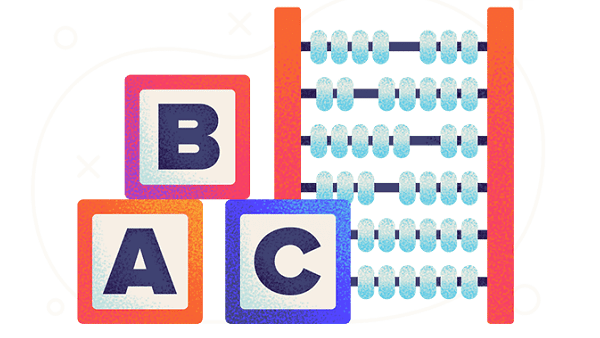
With only 11 states currently offering universal pre-K education, the personal-finance website WalletHub today released its report on 2023’s States with the Best & Worst Early Education Systems, as well as expert commentary.
In order to determine the best early education systems in America, WalletHub compared the 50 states and the District of Columbia across 12 key metrics. The data set ranges from share of school districts that offer a state pre-K program to number of pre-K quality benchmarks met and total reported spending per child enrolled in pre-K.
| States with the Best Early Education Systems | States with the Worst Early Education Systems |
| 1. Arkansas | 42. Wyoming |
| 2. Nebraska | 43. Alaska |
| 3. Maryland | 44. Montana |
| 4. New Jersey | 45. Idaho |
| 5. District of Columbia | 46. North Dakota |
| 6. South Carolina | 47. New Hampshire |
| 7. Rhode Island | 48. Missouri |
| 8. Oregon | 49. Massachusetts |
| 9. Connecticut | 50. Minnesota |
| 10. Vermont | 51. Indiana |
Best vs. Worst
- 13 states, including Alabama, Florida, Georgia, Oklahoma and South Carolina, have the highest share of school districts that offer a state pre-K program, 100 percent. This is 8.6 times higher than in New Jersey, the state with the lowest at 11.67 percent.
- The District of Columbia has the highest share of 4-year-olds enrolled in pre-K, pre-K Special Education or Head Start programs, 83.60 percent, which is 7.2 times higher than in Idaho, the state with the lowest at 11.60 percent.
- Michigan has the highest income requirement for state pre-K eligibility, $49,300, which is five times higher than in Minnesota, which has one of the lowest at $9,860.
- The District of Columbia has the highest total spending per child enrolled in preschool, $20,442, which is 9.1 times higher than in Florida, which has one of the lowest at $2,254.
- The District of Columbia, Illinois, Iowa, Maryland, Vermont and Idaho have some of the lowest monthly child care co-payment fees (as a share of family income), 1 percent. This is ten times lower than in Kentucky and North Carolina, the states with the highest at 10 percent.
































































